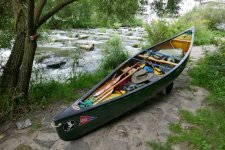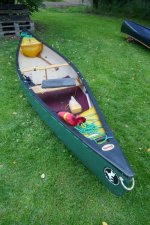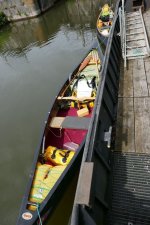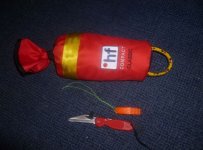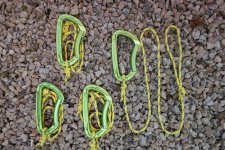I am getting ready to replace my old 100' rope that is getting old and worn. I started carrying it while whitewatering (along with a throw bag), so it usually lives in my ready pack and gets thrown in to the canoe when I paddle flatwater. I was thinking about getting some 8mm static line (verses dynamic line) to replace my old 3/8" poly line.
I was wondering how many non-whitewater trippers and day trippers carry rope and in what diameter and length.
I was wondering how many non-whitewater trippers and day trippers carry rope and in what diameter and length.
Last edited:

